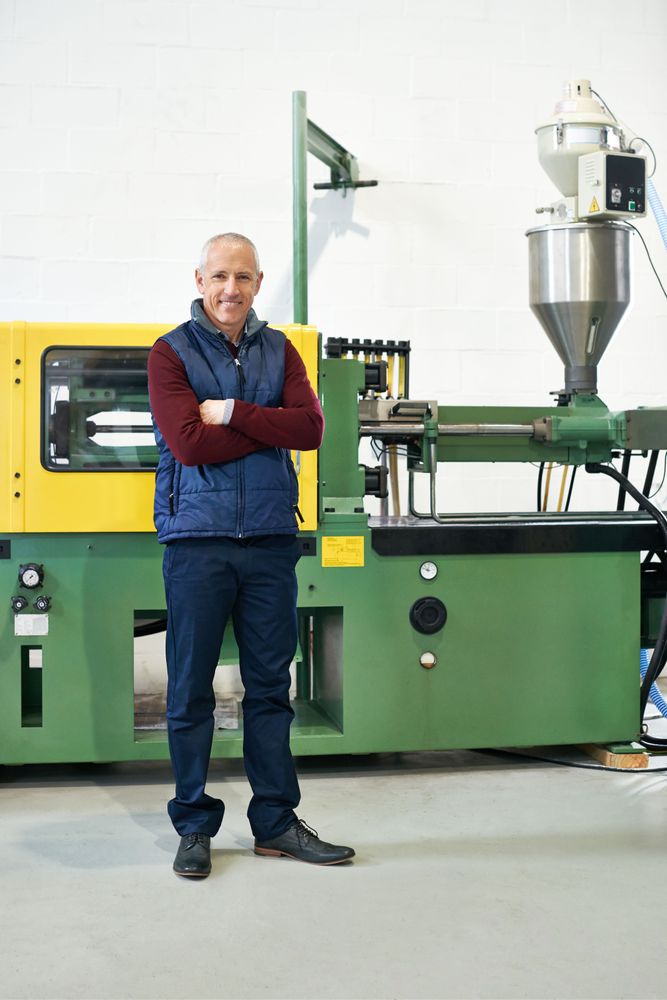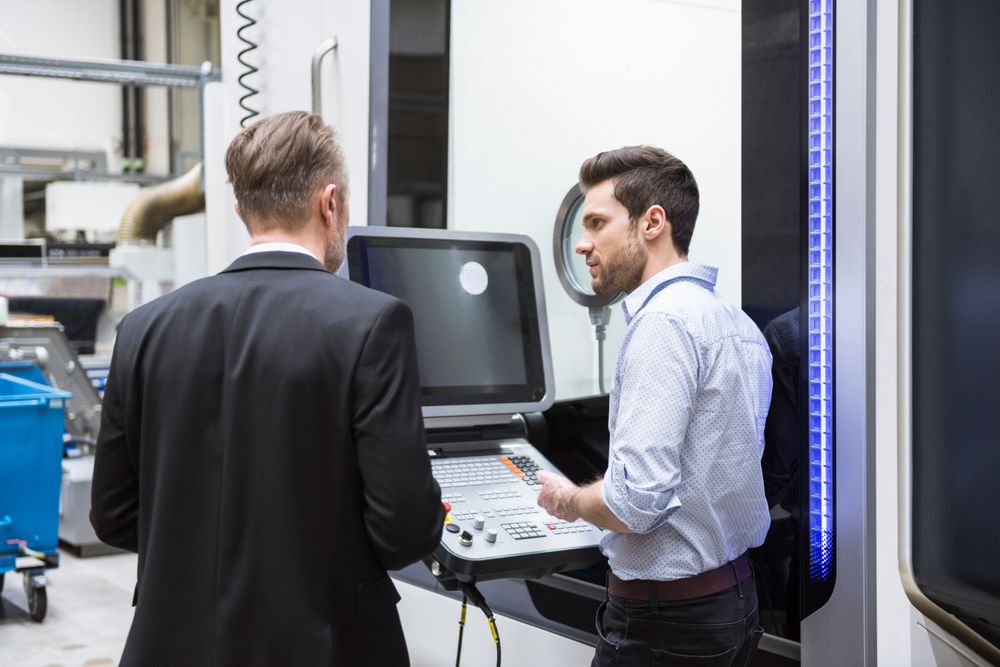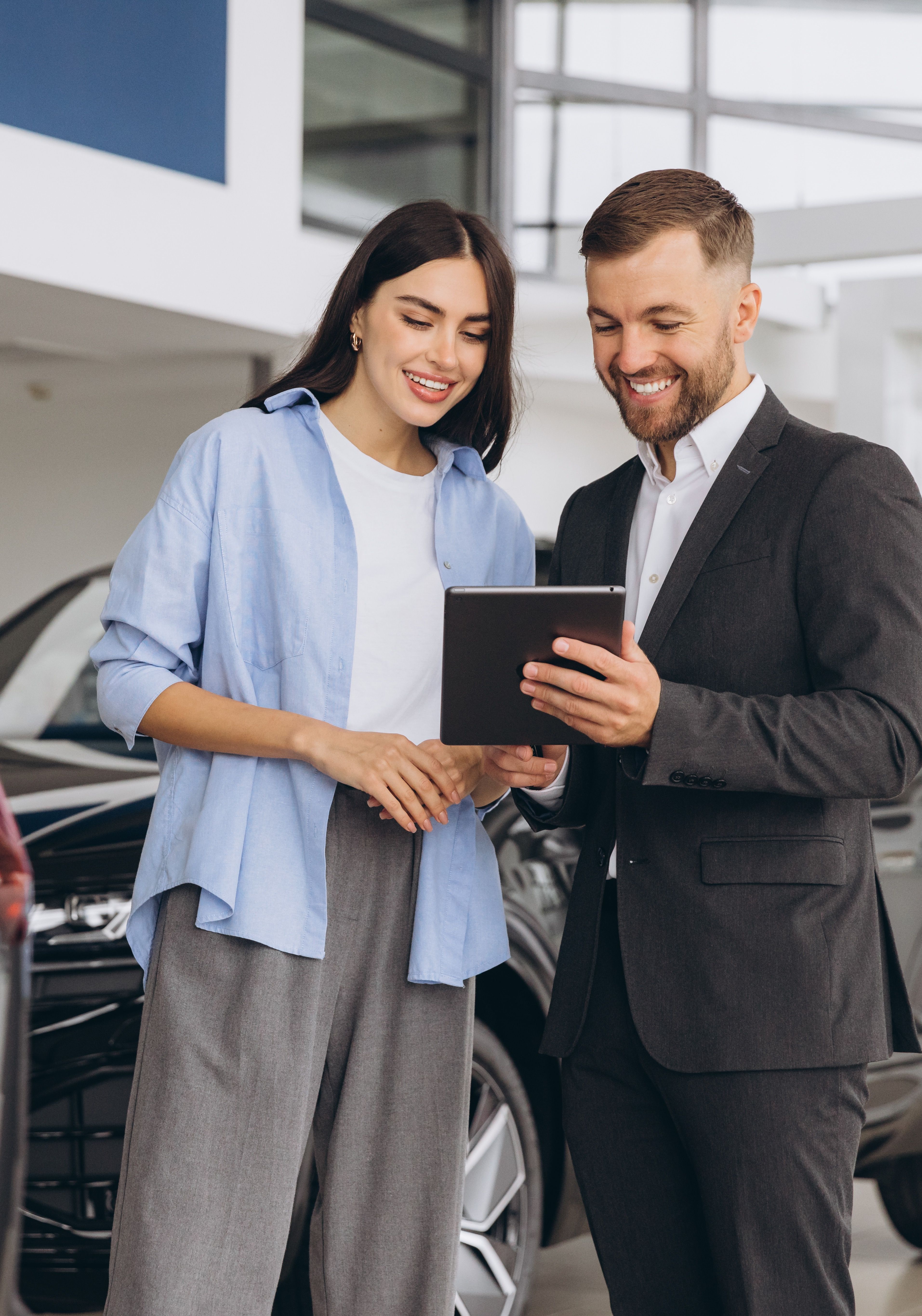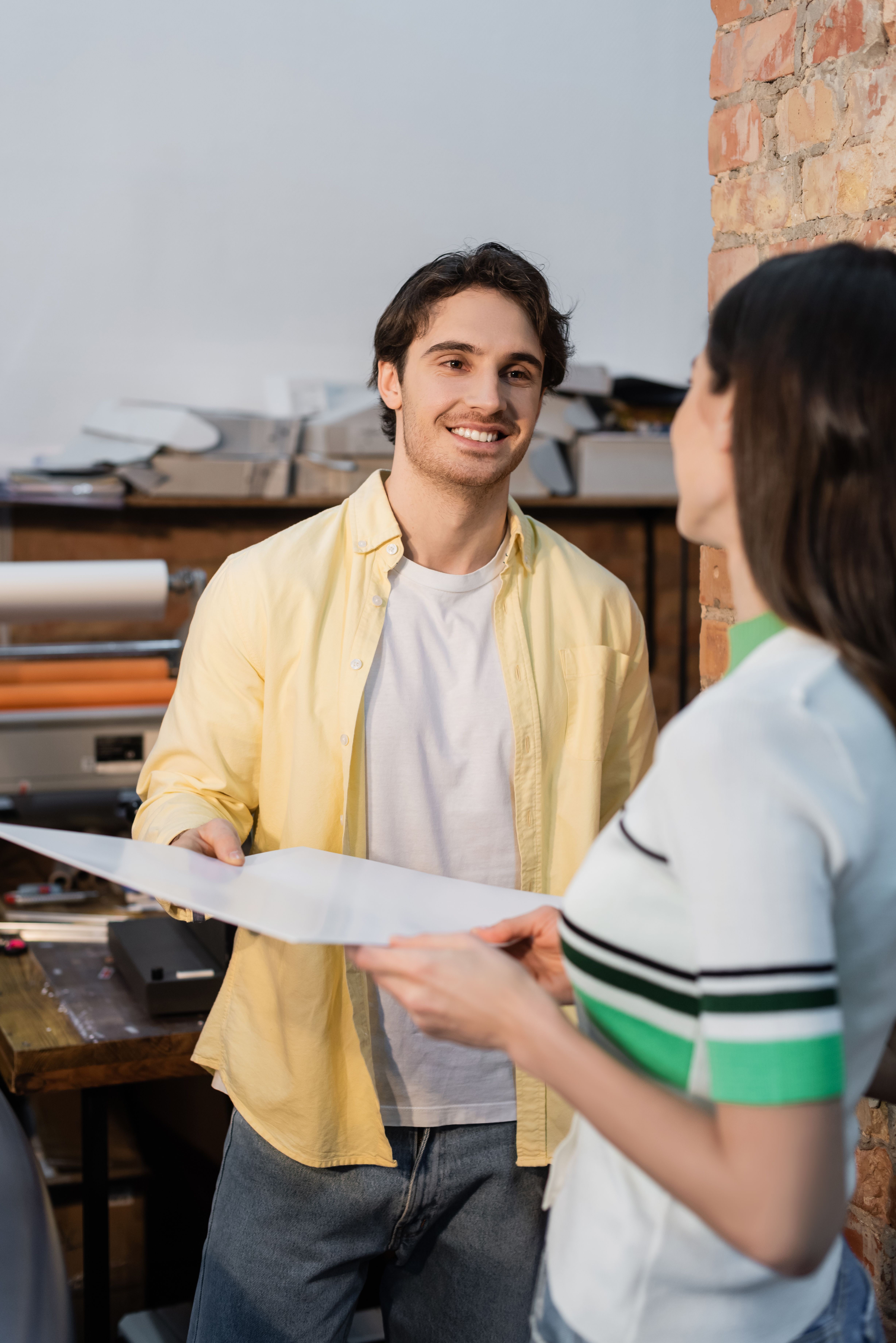Best Business Asset Finance Rates - Get Up To $1m
Get asset finance up to $1M+ from over 80 lenders. Receive funding in as little as 4 hours.

Our Current Best Asset Finance Rates
From
8.29%
From
8.45%
From
Rate on Application
From
9.75%
From
9.95%
Get Equipment Funding In 3 Simple Steps
Tell Us What You Need
Fill out a quick questionnaire so we can understand your unique situation and equipment needs. This is 100% free and won't affect your credit score.
Review 80+ Lenders
Our system reviews 80+ lenders for you and finds the best deal with the highest chance of first-time approval. This comparison is obligation-free.

Get Funded In Hours
If the funding option suits you, confirm your details with our team. For standard assets, you can be approved and funded in less than 4 hours.
Why Compare Business Loans with Lend?
Our smart technology and expert team save you time, protect your credit score, and find you a great deal on business finance.
Trusted by Aussies
With over 50,000 loans funded and an 'Excellent' 4.8/5 rating on Reviews.io, we are one of Australia's most trusted platforms for securing business finance.
Free to use
Our comparison service is 100% free. Our mission is to help Aussie businesses find their lowest interest rates.
Safe & secure
Our process does not affect your credit score at all. It's safe to compare with us.
Equipment Interest Rate Comparison
Explore competitive equipment funding rates in Australia from our network of 80+ lenders. We present all available loans transparently, as we are not compensated for placement. Discover your eligibility and see personalised rates from our lending partners to secure the funding you need faster. Simply hit 'Compare' and let us handle the rest.
$
No results found for the selected filters.
Why Reviewing Options Is Key
Applying for a loan directly without reviewing options can risk your credit score and waste valuable time. Our smart platform removes the guesswork, helping you find the right lender the first time.
50,000+
Loans Funded
4.8/5 ⭐️
Excellent on reviews.io
'Finding the right asset finance can be slow and uncertain. Our technology removes that friction. We instantly match your business needs with the best options from 80+ lenders, including providers like Scotpac asset finance, helping you get the equipment you need to grow, faster.'
Andrew Beckett, Head of Broker and Third Party Distribution
Ready To Fund Your Growth?
Enter your desired loan amount to review 80+ lenders and get a fast decision.
Our promise: no credit score impact
Your Asset Funding Guide
This guide provides a clear roadmap for securing the equipment you need to grow, showing you how the right strategy can increase your chances of a fast, successful approval.

The Australian Asset Market by the Numbers
Asset finance is a powerful tool for Australian businesses, allowing you to acquire essential equipment without affecting your day-to-day cash flow. Understanding the landscape reveals a significant difference between traditional and specialist lending:
From 4 hours
Funding Speed
75%
Paid Defaults Approved
80+
Lender Panel
How Business Finance Works
Business finance allows a company to purchase or lease essential equipment without needing to pay the full cost upfront. Instead of draining working capital, you get the asset now and pay for it over a set period. This makes managing cash flow easier and allows you to invest in growth.

- Borrow anywhere from $5,000 to over $1,000,000
- Loan terms from 1 to 7 years
- Buy from a dealership, at an auction, or via private sale (35% of our deals are private sales)
- Interest rates based on the asset and your business profile
- Chattel mortgage, finance lease, and operating lease options available
- Weekly, fortnightly or monthly repayments to suit your cash flow
- No deposit required in most cases, with an option to include a balloon payment
The core principle is that the asset itself acts as security for the funding. This is why it is often easier to get approved for asset financing than for an unsecured business loan. Lenders see a tangible item they can recover if payments are not made, which lowers their risk. The banking sector, including major providers like ANZ, views this favourably. This structure is ideal for funding specific, identifiable items like vehicles, construction gear, or IT hardware. Furthermore, the interest and fees may be tax deductible, offering additional financial benefits. Always consult with your accountant to understand the specific tax implications for your business.
Your Top Questions Answered

You can arrange funding for a wide range of business-use equipment. This includes motor vehicles, trucks, yellow goods (construction and mining equipment), and machinery for industries like transport, hospitality, and manufacturing. Lenders frequently provide commercial truck loans, finance for excavators, or fund specialised IT equipment.
With a chattel mortgage, you own the asset from day one, and it appears on your business balance sheet, which can offer tax benefits like claiming depreciation. With finance leases or operating leases, the lender owns the asset while you use it, keeping it off your balance sheet. For asset finance, a chattel mortgage is the most common choice, with 90% of our clients opting for this structure.
Yes, many specialist lenders offer finance for assets purchased through private sales. The lender will need to conduct extra checks to verify the asset's condition, ownership, and value. This can sometimes result in a 1%+ interest rate increase compared to a dealership purchase.
Loan amounts typically start from around $5,000. This makes asset finance accessible for small businesses needing to fund less expensive items like a new computer system or a small delivery vehicle.
For standard assets purchased from a dealership, funding can be arranged in less than 4 hours for well-prepared applicants. More complex scenarios, like private sales or highly specialised equipment, may take 24 to 48 hours.
Prepare your documents in advance, consider a balloon payment to lower monthly repayments, and most importantly, demonstrate strong and consistent business cash flow through your bank statements. This gives lenders the confidence to offer their most competitive terms.
Apply For Funding In 4 Steps
1
Gather Your Information
Begin by collecting basic details about your business (ABN, trading history) and the equipment you wish to finance. Having all required information and documentation on hand is the single most important factor for a fast approval, especially for private sales.
2
Submit An Application
Complete an application with your chosen lender or through brokers. This can often be done online and involves providing your business details and financial information for assessment. Ensure all information is accurate to avoid delays.
3
Lender Assessment
The lender will review your application, assessing your business's financial health and credit history against their lending criteria to determine your eligibility and the rates they can offer on the funding.
4
Review Offer And Settle Funds
If approved, you will receive a formal offer to review. Once you accept and sign the documents, the lender will pay the seller directly, and you can take possession of your new asset.
What Do You Need To Qualify For Business Loans?

Lenders look at a few key things to find suitable loans, even if you do not meet a major bank's strict criteria. Here’s what they generally look for:
- Active ABN: Your business should have an ABN. Some lenders can help newer businesses, especially if the owner has a strong profile or is a homeowner.
- Consistent Income: While there are no general minimum turnover requirements for asset finance, lenders will check your bank accounts to see a steady income, showing you can manage repayments.
- Credit History: A good credit history is helpful, but specialist lenders can often work with you if your recent business performance is strong, even with past credit issues.
- Homeowner Status: Being a homeowner is not a requirement. Our data shows 70% of our approved asset finance loans go to clients who are not homeowners.
Your Comprehensive Funding Questions

While banks may decline you, many specialist lenders prioritise current business strength over past issues. If you have an active payment plan for any tax debt and can show strong cash flow, a solution is often achievable. Our data shows an approval rate of 75% for clients with a paid default on their credit file.
An initial enquiry to check your options should be a 'soft' credit check, which will not be recorded on your credit file. A formal application that does affect your score should only proceed after a lender has been identified with a high probability of approving you.
Beyond the interest rate, the main fees are a one-off establishment fee and sometimes a small monthly account-keeping fee. You may also need insurance. Be sure to ask about any potential early payout fees if you plan to clear the debt ahead of schedule.
Three key factors influence your rate: the asset itself (new vs used, we successfully finance used assets with an average age of 2 years), your business profile (trading history and cash flow), and the seller (dealership vs private sale). A new asset from a dealer financed by a business with a strong history will always attract the best rates. For example, financing an asset that is 7+ years old can increase the interest rate by around 3-4 basis points compared to a newer one.
Yes, in most cases, lenders can finance 100% of the asset's purchase price without requiring a deposit. This helps businesses preserve their working capital for other operational needs.
At the end of a finance lease, you typically have several options. You can pay the residual value and take ownership of the asset, trade it in for a new one and start a new lease, or extend the lease period.
It can be more challenging for a startup to get asset finance, but it is possible. Our approval rate for businesses trading for less than two years is 75%. Lenders will look for a strong business plan, and the directors being homeowners can significantly increase the chances of approval for a new business.
Our Business Calculators
What Happens After Your Loan Is Approved
Once the lender gives formal approval, the final stage is settlement. This is a straightforward process often managed entirely by a finance specialist, ensuring you get your asset without delay. First, they will send you the final loan documents to sign electronically. Once these are returned, the specialist liaises directly with the seller to arrange payment. They verify the seller's bank details and transfer the funds, providing you with confirmation. You are then free to collect your new equipment. A finance asset is a great way to grow.
Andrew Beckett is a finance executive with extensive Fintech expertise. As Head of Broker and Third Party Distribution at Lend, he fostered key partnerships, including COG aggregation and CAFBA. With prior sales roles in various fintech and finance companies, Andrew has been instrumental in transforming Australia's financial market, shaping new lending practices in the commercial lending space.
Andrew Beckett, Head of Broker and Third Party Distribution
Phil Druce leads the company’s technology and operations. With 20 years of experience in technology businesses, Phil has consistently driven growth through strategic planning and execution. Since 2016, he has been dedicated to creating technology-driven products and services at Lend, optimising processes, and delivering outstanding client experiences.
Phil Druce, Chief Operations Officer
Recent Articles
You might also like
Stories From Successful Business Asset Finance

Same-Day Funding Secures Urgent Contract
Client: Jake, Excavation Company
Jake who owns an excavation company, secured a last-minute excavation contract but needed another machine on-site the very next day. We arranged same-day funding, allowing him to purchase a late-model excavator that afternoon. This exceptional speed meant Jake started the project on schedule, securing a contract that significantly boosted his business and reputation.

A Solution for a Startup's Private Sale
Client: Sophie, Tree Care Company
Sophie, founder of startup Tree Care business, found the perfect second-hand chipper in a private sale to expand her operations. Her bank declined finance, viewing the new business and private sale as too risky. We bypassed the major banks, securing funding from a specialist lender comfortable with new ventures and non-dealership sales. Sophie acquired the vital asset,

Doubling Revenue with Strategic Asset Finance
Client: Luke, Steel Fabrication Company
Luke who owns a steel fabrication business identified a specialist CNC machine as the key to unlocking significant growth, but his bank refused to finance it due to an overseas supplier. We structured a finance solution that overcame this hurdle, allowing the purchase to proceed. With the new machine operational, Luke won high-volume contracts requiring greater precision. Within just three months, his monthly revenue had almost doubled.
Why Australia Trusts Lend
Find Your Best Asset Finance Rate
Enter your required funding amount to find your ideal lender match and secure a competitive asset funding rate for your business.
Our promise: no credit score impact



